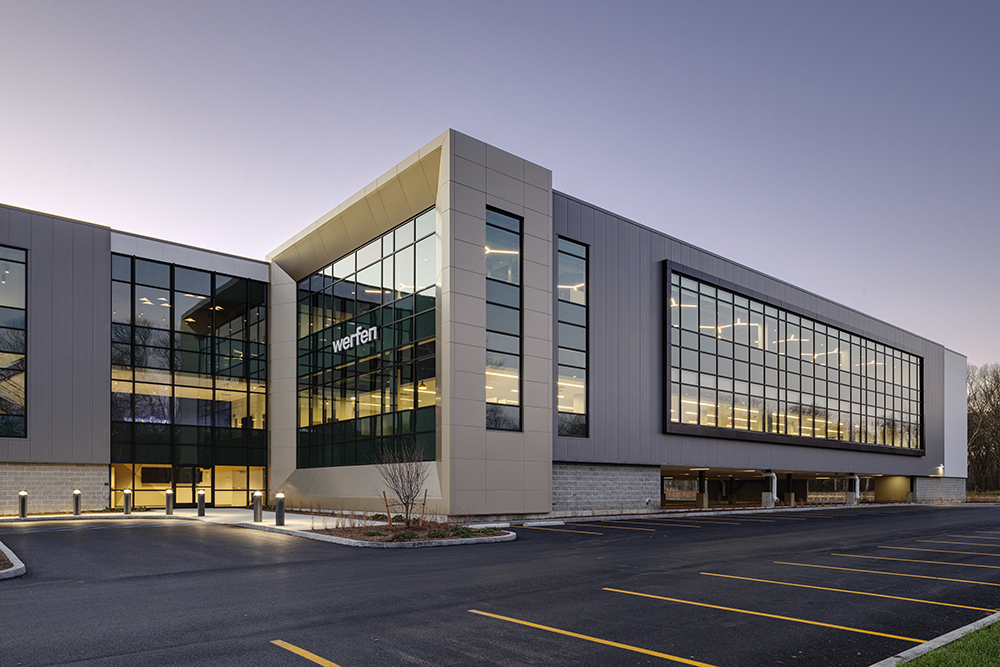News: Front Section
Posted: September 29, 2011
Question of the Month: What building codes do I use for construction and where should I start in each book?
As Wessling Architect's code officer, I enjoy the challenge of facing new obstacles and looking for creative solutions while adhering to the building code. Occasionally a co-worker will appear before me with a building code in hand and say, "I've been looking in the code about this item and I've come to this conclusion." "Have you looked here? Did you think about this?" I respond. Becoming familiar with building codes can be daunting.
The recommended steps to get started are:
* Ask project specific questions.
* Know what code book to use.
* Understand the code language.
People often look for answers in the wrong places. There are two basic project paths: existing building and new construction. The existing building code was created to set reasonable parameters for building owners, however, there is a tendency to use the new construction code for all projects. While it may seem appropriate to be current with the latest, greatest building codes, in reality this practice is the more expensive approach. For instance, if the new building code is applied to historic renovation projects, stair enclosure walls are required to have a one-hour fire-resistive rating. Conversely, the existing building code does not require a fire rating, only tight fitting doors. Retaining existing walls eliminates the need for expensive additional materials and labor, resulting in substantial cost savings.
Once you have determined the correct code path, start at the beginning. The International Codes all have the same first two chapters. Chapter 1 is Scope and Administration and Chapter 2 is Definitions. Most projects' needs are addressed within the first chapter and you will see key words start to appear. Understanding and applying code terminology correctly can reduce construction cost. Consider our recent design of a one-story office building with a mezzanine. The main entrance opens to the ground level and the mezzanine, creating the appearance of an atrium. During construction, the sprinkler subcontractor notified us that the "atrium" space had neither the proper 18" draft curtains nor a deluge sprinkler system at interior glass walls. After referencing Chapter 2 Definitions we assured both subcontractor and owner that a mezzanine is not considered a floor or a story. The need for 18" draft curtains and deluge sprinkler systems was eliminated. Also, had the space been considered an atrium, a smoke evacuation system would have been required. In this particular case, understanding the definitions in Chapter 2 avoided extra cost in three areas.
The next time you need to open a building code book, ask yourself, "Is this an existing structure or new construction?" Begin your code review with the first two chapters and you will be off to a good start!
Derrick Winters, AIA is a registered Massachusetts architect and has been with Wessling Architects for 14 years. He is a member of the International Code Council, National Council of Architectural Registration Boards, Building Owners and Managers Association International and an active member in the Boston Society of Architects Codes Committee.
Tags:
Front Section
MORE FROM Front Section
Newmark negotiates sale of 10 Liberty Sq. and 12 Post Office Sq.
Boston, MA Newmark has completed the sale of 10 Liberty Sq. and 12 Post Office Sq. Newmark co-head of U.S. Capital Markets Robert Griffin and Boston Capital Markets executive vice chairman Edward Maher, vice chairman Matthew Pullen, executive managing director James Tribble,

Quick Hits
Columns and Thought Leadership

Five ways to ruin a Section 1031 Like-Kind Exchange - by Bill Lopriore
While there is some flexibility when structuring a like-kind exchange, some important requirements must be met. A mistake can ruin your exchange. Here are five mistakes to avoid:

How COVID-19 has impacted office leasing - by Noble Allen and John Sokul
To say that the effects of COVID-19 has transformed office leasing is an understatement. When COVID-19 was at its peak, office spaces were practically abandoned either through governmental mandates or through actions taken by businesses themselves.

Make PR pop by highlighting unique angles - by Stanley Hurwitz
Coming out of the pandemic, a client with three hotels in Provincetown, Mass., needed ways to let the world know his properties were open for business for the 2021 tourist season.

Four tips for a smooth 1031 Exchange - by Bill Lopriore
Many real estate investors do not understand the specific requirements that must be met to secure the benefits of a tax-deferred 1031 exchange. For example, the replacement property must be identified within 45 days of the closing date of the relinquished property.







.png)